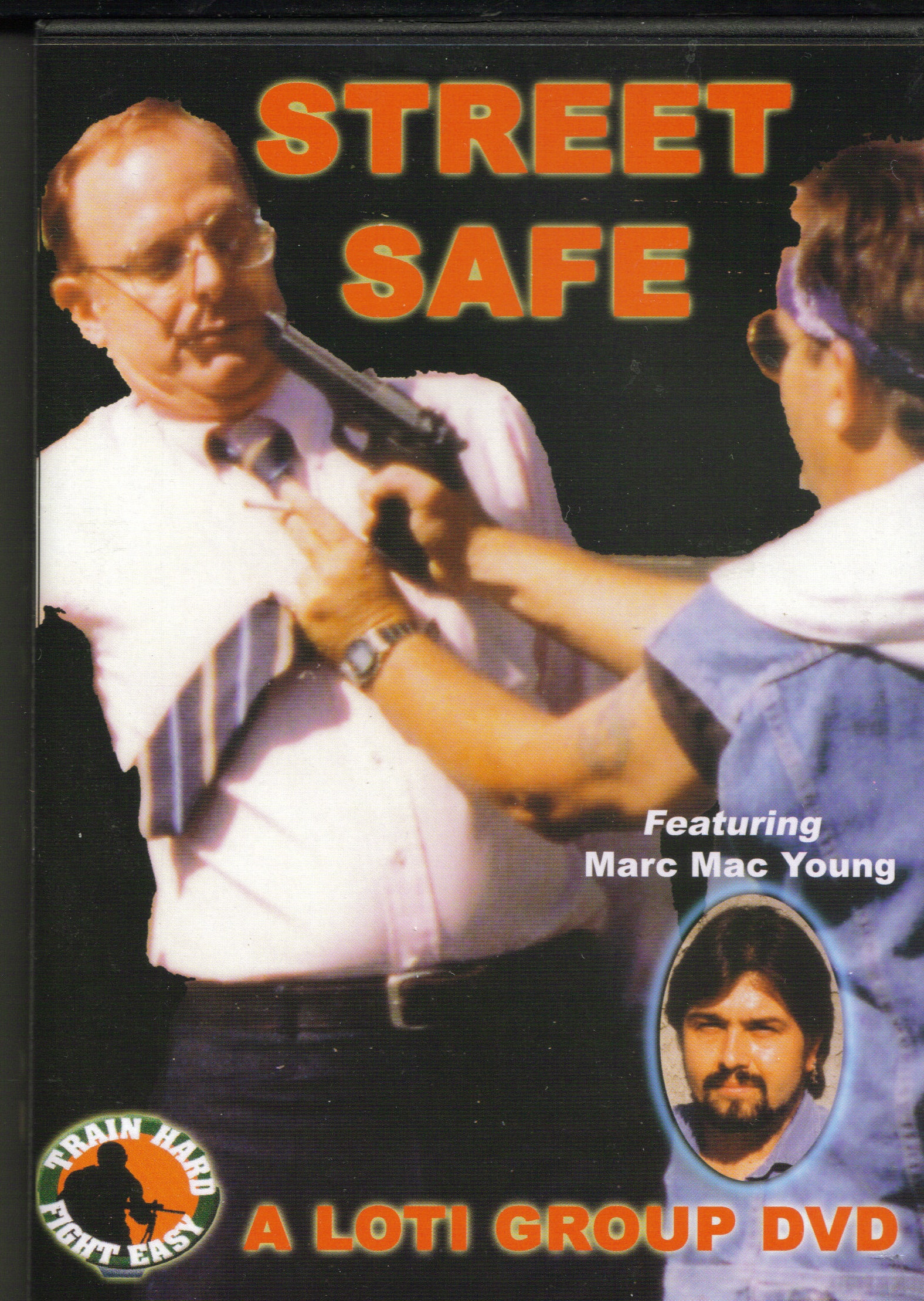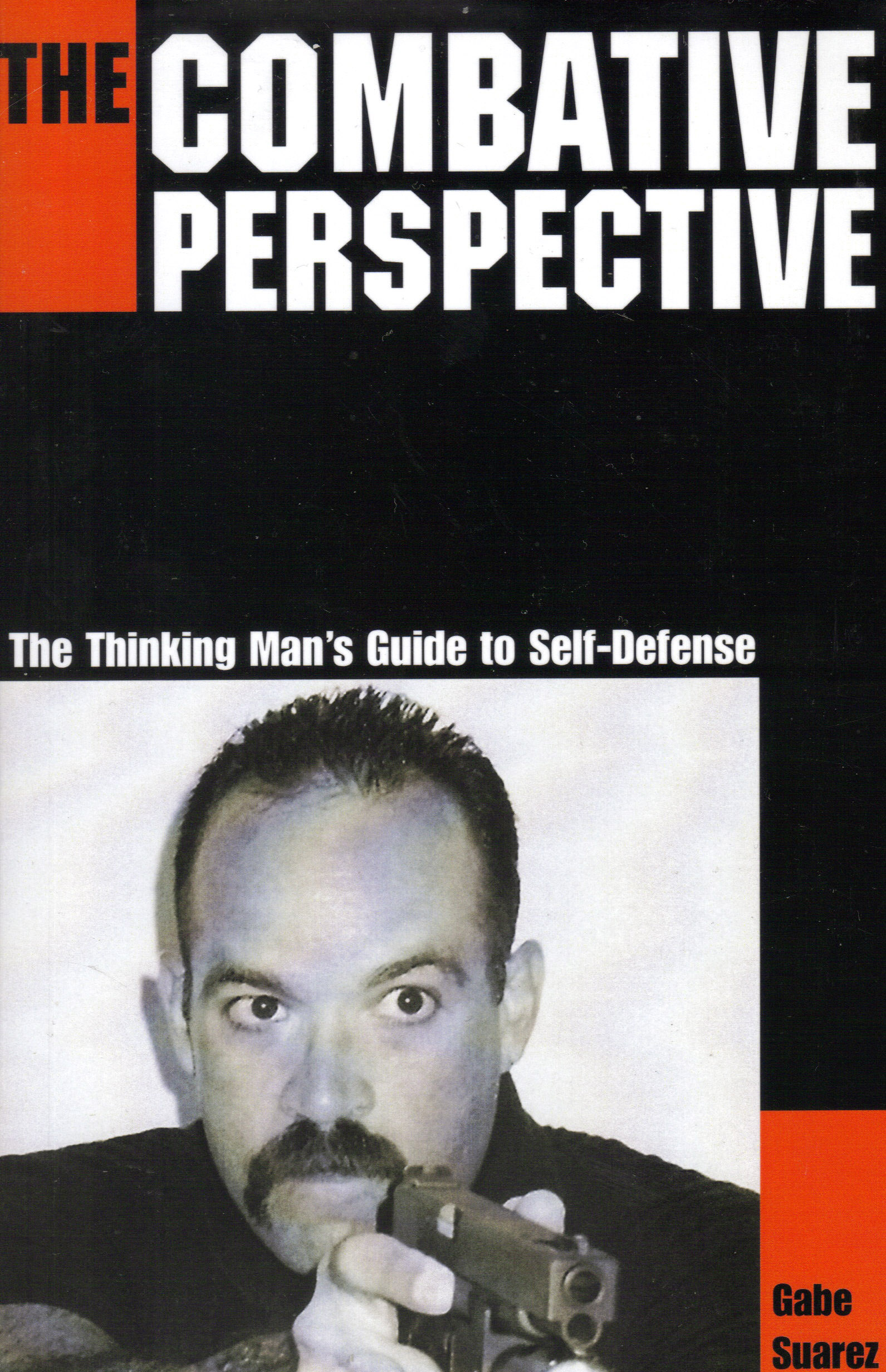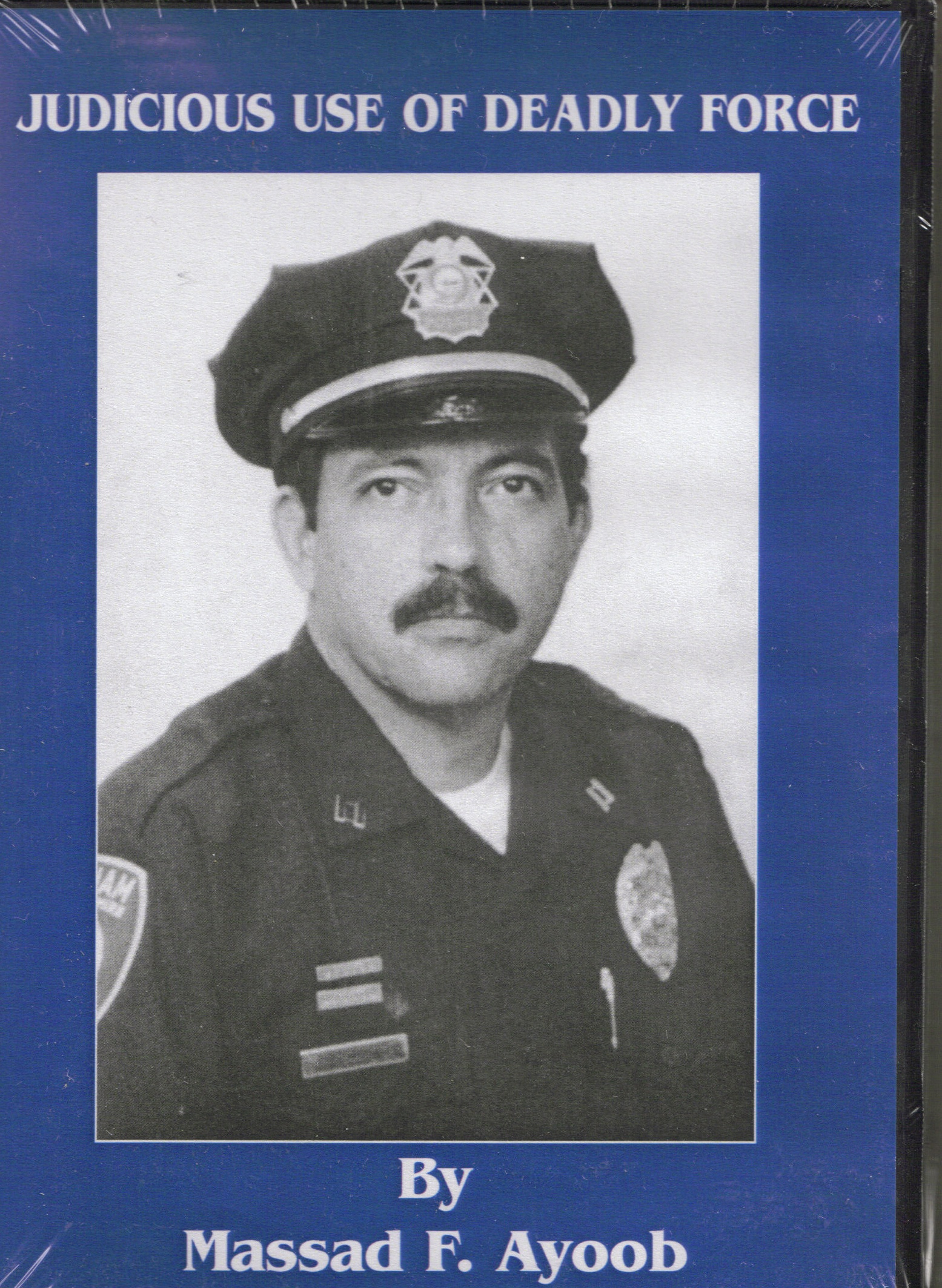Marc MacYoung?
Dianna Gordon MacYoung?
Animal E-list
Crime Avoidance Lectures
Crime Blog
Colorado Classes
Contact Us
FAQs
Hosting A Seminar
Crime Prevention
Expert Witness
Knife Defense
Law Enforcement
Martial Arts
Military
Movie Consulting
Women's Self-Defense
Links
Our Linking Policy
On-line Store
Train with MacYoung
Testimonials
Terms of Use
Topics
of Interest
He had no right, but he
had the intention.
Cecil B Currey
Intent
On this page:
Legal reference point
Intent
This is where the person crosses a normal mental boundary. From this point, the
person is mentally prepared to commit
violence in order to get what he wants – whatever that may be. Often a
person who has decided to commit a physical assault is either looking for an
excuse to attack or is trying to hide his intentions until he is in position.
The individual comes to a situation with the agenda of using violence to
achieve his ends.
In other words, he's ready, willing and able to become violent. If you are willing to spend the time to learn the body's cues such a person is incredibly easy to spot. They will literally stand out like lighthouse on a dark night -- and once identified, you don't want to stay around.
Intent can be a preplanned decision or an emotional reaction to the circumstances. Which is to say that it can either be a calculated act (as in a criminal assault) or something else. It is the something else that is the most confusing to the untrained person. However, even then it does follow a predictable pattern. The trick is to not get caught up in the current yourself so you don't realize what is happening until too late.
Violence is both a psychological and physiological extreme. Before someone is ready to commit it, he has to have moved into this mental or emotional state. Violence doesn't "just happen out of nowhere." Even a habitually violent person will have to mentally prepare himself. It may happen very quickly, but it is not instantaneous. Only in cases of severe mental instability will a person be able to instantly "flash" into violence and such a person would almost certainly be locked up in a mental ward.
If you don't see this buildup, it will appear that the violence suddenly have came from nowhere. But that is not the case. It did come from somewhere. It was just a matter of you not recognizing the danger signals. This can be far easier to do than you might think, especially if you are emotionally upset yourself.
How long did this buildup take? It is arguable that, from the very beginning when the person made a conscious decision to put a weapon in his pocket, violence was his intention all along. Whereas consumption of alcohol is often used by angry people to remove inhibitions against violence. In other words, drinking can be -- and often is -- used as an excuse to become violent. They set up the circumstances where they could do what they wanted to do. Opponents to this idea claim that this is too simplistic an answer and that human motivation is not always that clear or conscious.
We admit that. We also would like to point out however, that unconscious motivators can direct one's actions; and in such a way that what the person wants to happen happens "accidentally." At least it appears accidental to them. However, for such an "accident" to occur a long series of specific circumstance have to have been put in place. And when they are in place, violence occurs. As stated, acts such as getting drunk or angry are used as an "excuse" for committing violence. In truth though, he was 90 percent there already. His ensuing actions may very well have been motivated by these emotional urges and, by the same mechanics, himself blinded towards their significance.
Knowing about these mental processes serves as an early warning system. Just because he is fooling himself, doesn't mean you have to be fooled too. If someone shows up in the wrong place, the wrong time and in the wrong state of mind, something is amiss. It is suspect, right off the bat. If a normal situation begins to spin out control, start looking for the danger signs.
A person has to undergo certain physiological changes for the body to be ready to attack or defend. These are reflected in the person’s body language. While they are subtle, they are recognizable to an observer, either consciously or unconsciously.
His own body will tell you he's about to attack -- even if his words are deceptively calm and normal.
Fortunately, despite the surface appearances many times there is enough "nonverbal leakage" coming from an attacker to warn you that something is amiss. Learn to trust your feelings. Often it is your subconscious recognizing the physiological danger signals he displays. When your alarms go off, even if the situation looks normal, start looking for the next two stages to develop.
A book that I highly recommend to acquaint yourself with various non-verbal cues is Dr Desmond Morris' Manwatching. This and other books are listed in the bibliography.
Important legal note:
Most law enforcement and judicial systems have veered away from the word
"intent" and instead prefer the more legally provable term of "jeopardy." That
in essence means: Was the person acting in a manner consistent with a known
threat?
It is a fact that we are not mindreaders. We cannot truly know another person's intent. Jeopardy is -- in a legal sense -- a better term because it denotes "acting in a way that is known to be criminal." You are not reading his mind and trying to guess his intent. You are, instead, making decisions based on his actions in comparison to known dangers.
This is an important and accurate distinction in regards to legally sanctioned use of force in self defense. However, since NNSD's primary goal is safety through avoidance of violence, we choose to stick with the older term "intent." We do this because we feel "jeopardy" is what the "collective of behaviors" define. Intent, interview, positioning, ability and opportunity are all parts of jeopardy.
Another reason we retain the use of the word "intent "is because we are not *just* using it in a legal sense, but also with psychological and physiological connotations. Human beings are not normally capable of immediately becoming violent. Few people can shift from calm and reasonable one second to an enraged killing machine the next. We just don't go from zero to sixty that fast. Even the most violent person usually needs time to go through recognizable psychological and physiological changes in order to physically attack. Although subtle, the ensuing changes are often visually identifiable.
This is how we can tell at a glance that someone is angry -- even if we are not conscious of what we saw that convinced us of this conclusion. We see enough subtle "signals" that our subconscious recognizes and we "know" the person is angry. These signals too are a collective. Where one signal might not mean much by itself, the sum is important. We unconsciously "read" signals like muscle tension, body posture, movement, breathing patterns, skin flush/paling, speech cadence, tone and word choice to tell if someone is angry. You may not consciously know you are doing this, but it is estimated that 80% of all communication is non-verbal -- we are constantly reading intent from these visual cues(2) . It will be your ability to "read body language" that will often be the determining factor whether or not to take evasive action. But before you can "read" it you have to know about it.
It is not uncommon for a criminal or cunningly violent person to attempt to attempt to hide his intent in other, seemingly safe actions. He deceives you about his true intentions by hiding them in other, seemingly innocent actions and behaviors.
However, person who is prepared to engage in physical violence will give off certain physiological signals. Literally his body will betray that fact. No matter how his words or behavior attempt to cover it. Often this collective set of signals is referred to as "vibes." And yes, someone who is prepared to commit violence gives off "bad" vibes. There is nothing esoteric or "woo-woo" about this. It is a collection of small signals that we unconsciously recognize. They range from physiological (Skin flush/pale, muscle tension, breathing, etc.,) to motion (how someone moves while under the influence of adrenaline) and to speech (cadence, tone, pitch).
This is why so many people who are assaulted know something is wrong before, but just can't "put their finger on it" in time. They are confused by the conflicting messages. One part of them senses trouble, but because of the deception in the criminal's obvious behavior, they cannot clearly identify what is wrong.
This is why it is important to use an established checklist to compare his behavior against. His words say one thing, but his actions and vibes say quite another. And *that* is what you base your course of action on, not what he is saying.
Even if we are misreading someone's intent, we can use commonsense and remove ourselves from the presence of a person whose behavior we find disturbing - even if we cannot exactly define why. Common sense doesn't need a sanctioned legal precedence to be used.



Street Safe: How to Recognize
and Avoid Violent Crime
Learn More >
Order Now!

The Missing Link: Self-Protection Through Awareness,
Avoidance and De-Escalation
Learn More >
Order Now!

The Combat Perspective: A Thinking Man's Guide
to
Self-Defense
Learn More >
Order Now!

Judicious
Use of Deadly Force
Learn More >
Order Now!

In the Gravest Extreme
Learn More >
Order Now!

The Bulletproof Mind
Learn More >
Order Now!

Effective Defense
Learn More >
Order Now!

Freedom From Fear
Learn More >
Order Now!
| About navigating this site | Animal List | Bibliography | Bullies | Burglary while on vacation | Classes in Colorado | Car Jacking | Children and Martial Arts | Child Safety | Criminal Mindset | Cults in MA/SD | De-Escalation | E-mail Dianna | E-mail Marc| FAQs | Have MacYoung speak about crime avoidance | Home Page | Home Defense | Hosting a Seminar | Fear | Five Stages of Crime | Knife Fighting | Legal Issues | LEO/Correctional Officer/EMS | Linking policy | Links | Martial Arts | Photo Gallery | Property Crime | Psychology | Rape | Robbery | Safe Dating | Self-Defense Training | Selling your books/DVDs on NNSD | Seminar Schedule | Stalking/Domestic Violence | Street Fighting | Terms of Use | Testimonials | Train with Marc MacYoung | Who is Dianna Gordon MacYoung? | Who is Marc "Animal" MacYoung? | Victimhood | Workplace Problems | Zero Tolerance | ||
| ? 1998-2008 No Nonsense Self-Defense, LLC. All rights reserved. |